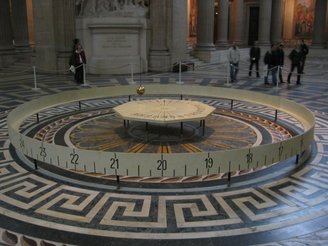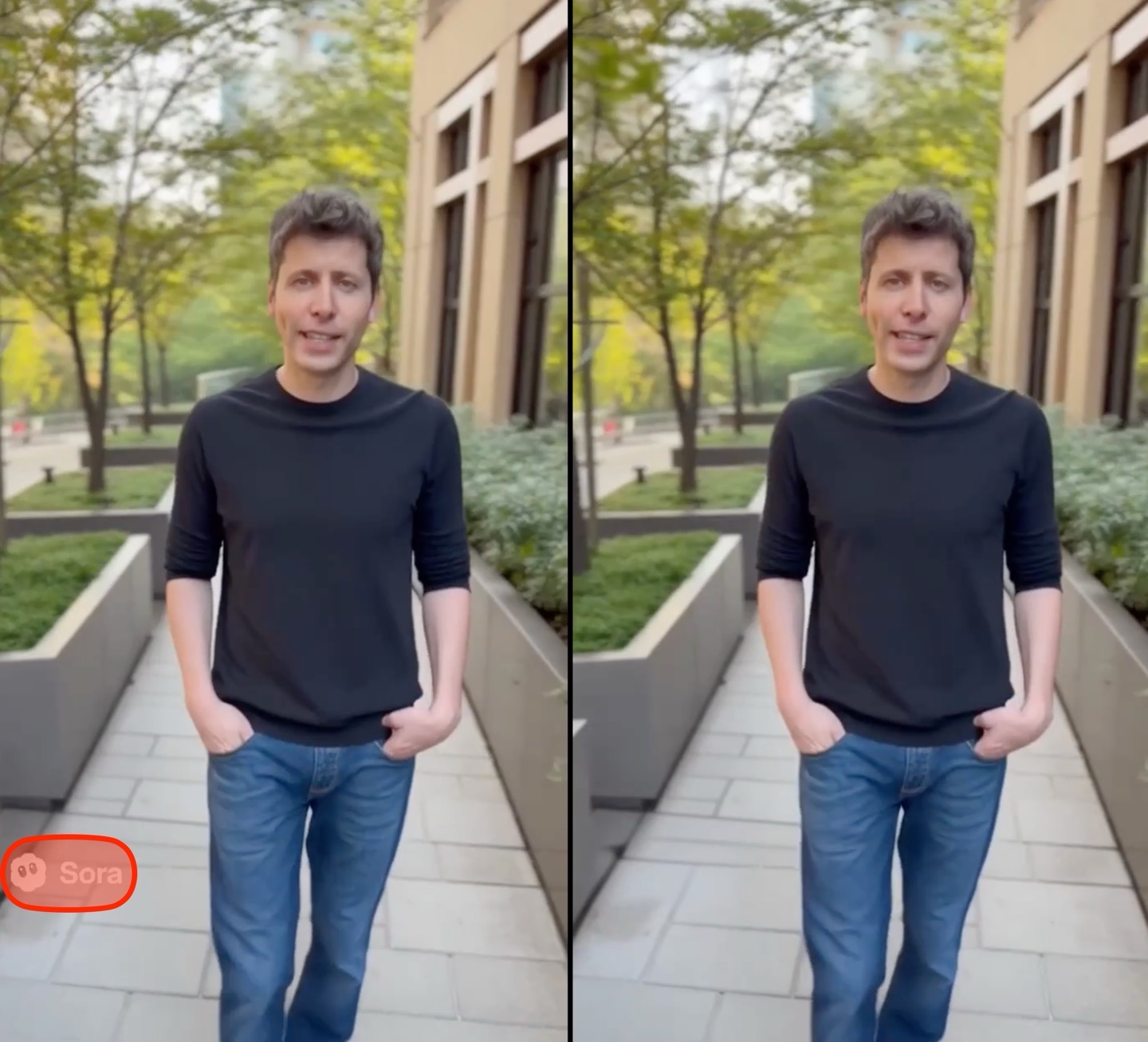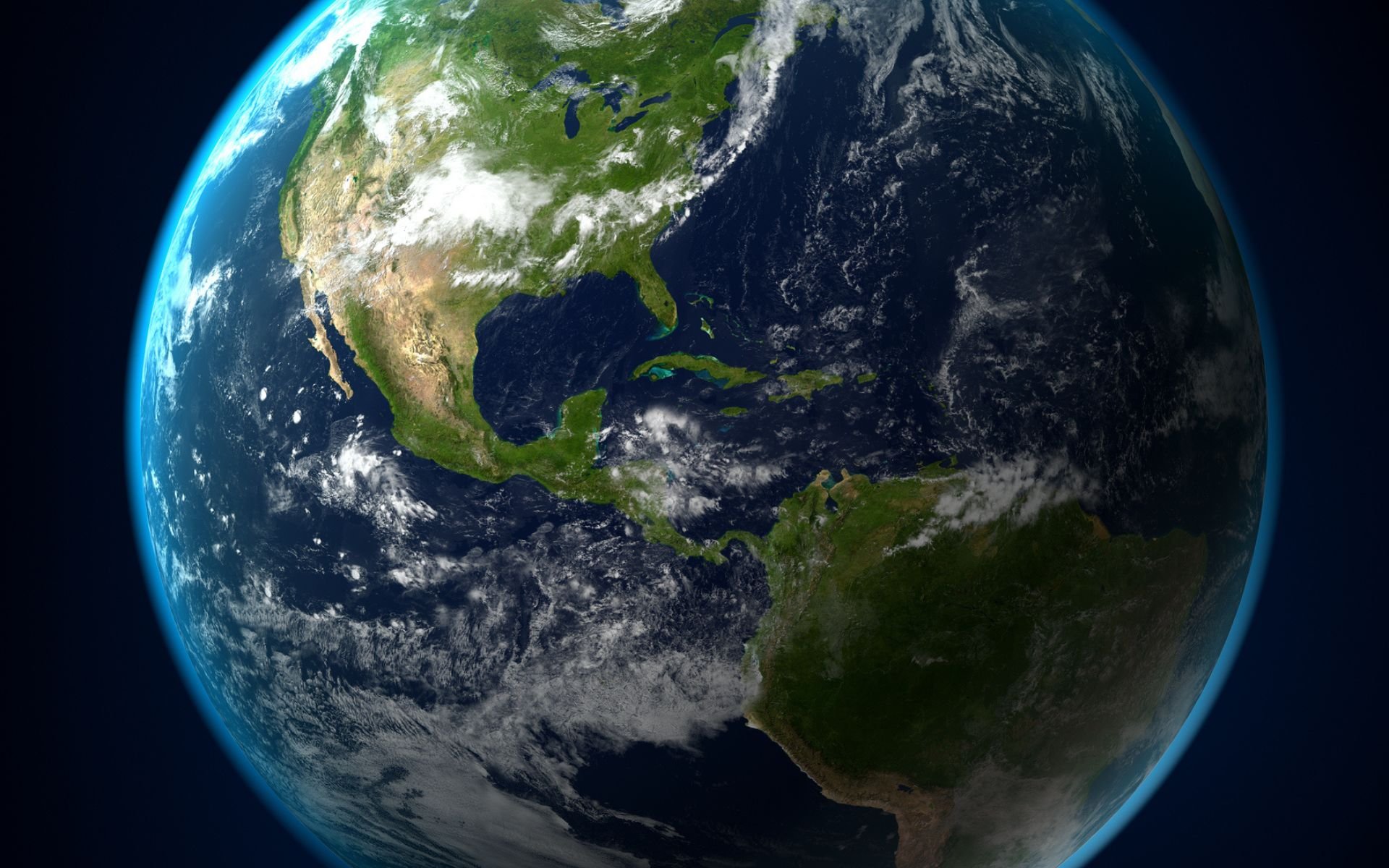How can we explain that we do not feel any movement even while revolving around a spacecraft (Earth) revolving around a star at an incredible speed of 108 thousand kilometers per hour? Is it on its own axis every 24 hours? After all, it’s like riding a Ferris wheel in a swivel chair!
The truth is that even if you are on a slow carousel, you feel yourself being gently pulled. But when we’re standing on the surface of our much faster planet, why don’t we hold on to a support bar to keep from falling? And on a rocky world, why don’t we feel the Earth’s rotation?
Although they may seem childish, these questions are difficult to answer as they involve some complex physics concepts, sensory perception and movement, as well as an understanding of what inertia and inertial reference are.
After all, why can’t we feel the Earth’s rotation?
In reality, There are two main reasons why we don’t feel the Earth’s rotation, and the first is that it is smooth.. “If you are in a car and driving at a constant speed on the highway, if you close your eyes and ignore the road noise, you will feel like you have stopped,” said Stephanie Deppe, an astronomer and content strategist at the Vera C. Rubin Observatory in Chile. ”.
But all it takes for the car to brake suddenly is for you to immediately know that it’s moving, the astronomer explains to LiveScience. You do not have this perception because you felt completely motionless while maintaining constant speed.
Greg Gbur, a professor of physical and optical sciences at the University of North Carolina at Charlotte, puts it another way: “We know that there is no absolute movement. The only thing that matters is relative motion.”, he told LiveScience. And he remembered Galileo’s mental experiment in which a person in a ship in calm waters could not distinguish whether the ship was sailing or docked in port.
Gravity is the second reason why we cannot feel the Earth’s rotation
Second The reason we don’t feel the Earth’s rotation is gravity.. According to Deppe, “The gravitational force that binds us to the Earth is much, much, much stronger than the force that would blow us out.” The feeling of being pulled from a tagada disc (amusement park ride) or a “hobby horse” cart is called centripetal acceleration, Gbur says.
This is due to inertia, meaning “your body wants to continue in a straight line, but if you’re in the car, the car tries to pull you in a circle,” explains the physicist. This also occurs in the Earth’s rotation, which creates a centrifugal force that appears to “pull” people away from the center of rotation. Only the force that pins everything to the ground wins the war.
Gbur explains that in physical terms, the gravitational acceleration at the Earth’s surface is approximately 9.8 m/s.twohowever, there is a decrease in this acceleration of approximately 0.03 m/s due to the planet’s rotation at the equator, where objects move faster.two. Although it is measurable, it is a loss so small that we cannot perceive it compared to the main gravitational force we feel.
Is it possible to observe the rotation of the earth?

If you can’t feel it, At least it is possible to observe the Earth’s rotation. One of the easiest ways to do this is to observe the apparent motion of celestial objects, Stephen Merkowitz, project manager at NASA Goddard Space Flight Center, explains to LiveScience.
“This movement is most noticeable when the body is close to the horizon, when you see parts of the Earth as a reference,” says the scientist. For example, when you see the sunset seeming to sink into the horizon, is the position of the Earth on Earth slowly moving away from our star.
But the definitive visual evidence of the Earth’s rotation is the Foucault pendulum, which was presented by the eponymous physicist at the Museum of Arts and Crafts in Paris in 1851 and remains there today.
A 30 kg sphere attached to the ceiling by a 67 meter long rigid wire releases fine sand that drips during its movement. The sand tracks do not overlap, marking the ground as evidence of Earth’s rotation.
Did you like the content? So, stay updated with more curiosities about our planet at TecMundo and enjoy finding out if it pierces the Earth from one end to the other.
Source: Tec Mundo
I’m Blaine Morgan, an experienced journalist and writer with over 8 years of experience in the tech industry. My expertise lies in writing about technology news and trends, covering everything from cutting-edge gadgets to emerging software developments. I’ve written for several leading publications including Gadget Onus where I am an author.












